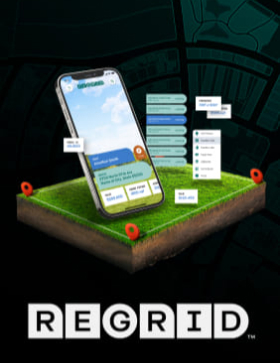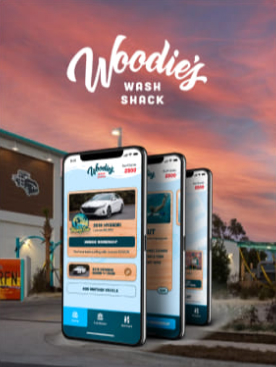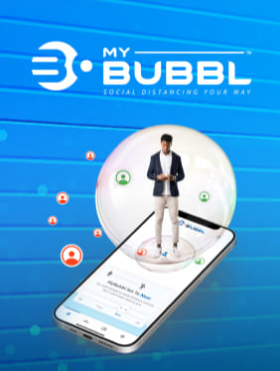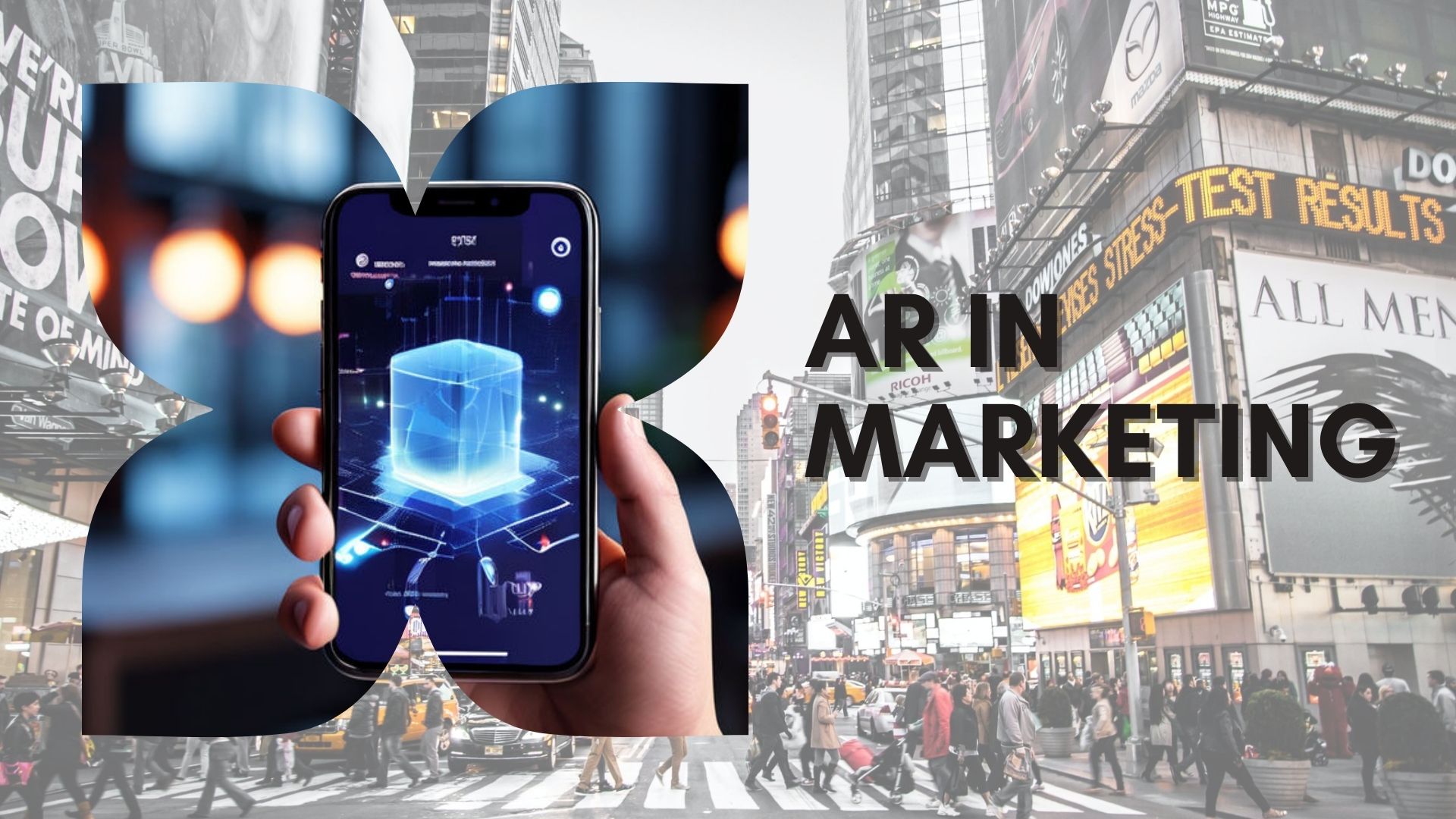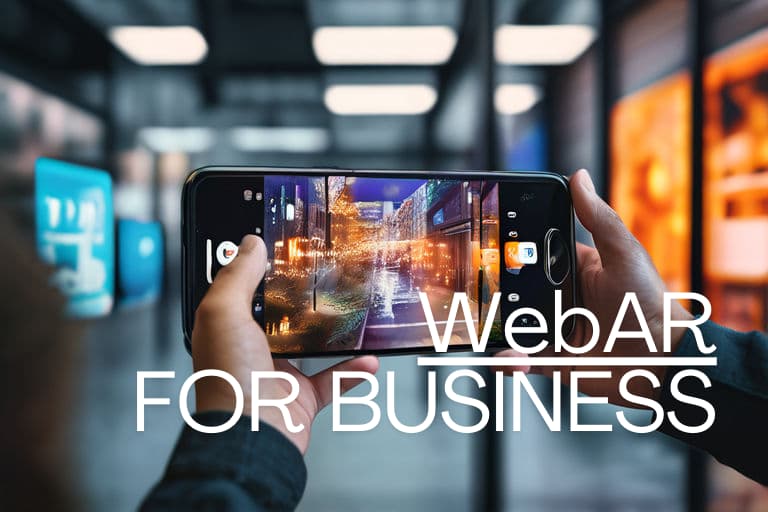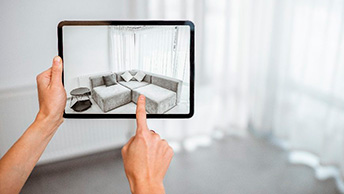
Multichannel retailing continues to drive the industry’s future. You’d be hard pressed to find a brick and mortar retailer that doesn’t feature a companion app. However, product reviews and online catalogs are seemingly becoming the bare minimum needed to keep up with modern competition. One critical aspect is still missing in today’s retail space: engagement.
Enter augmented reality. While ecommerce is expanding at lightning speeds, the vast majority of shoppers still browse shelves in-store. Furthermore, almost 70% of these shoppers are turning to their smartphones to help close out sales. Therein lies the golden egg known as opportunity. Lightweight and flexible, AR stands as an increasingly enticing solution for getting consumers involved with a brand; the digital and physical worlds are seamlessly blended together to grant an unparalleled level of immersion.
Personalized experiences. Consumer engagement. Brand awareness. Technology refuses to stagnate, so the duty falls upon retailers to upgrade the shopping experience, and augmented reality has already proven itself several times over.
Try Before You Buy
Ever been on the fence about buying something for the office? Ordinarily, there’s no way to truly see how a product looks or feels without taking a gamble and committing to the purchase. Augmented reality eliminates this risk factor entirely by beaming a virtual rendition of the product through your phone’s camera, with true-to-size dimensions to boot.
Rearrange an Ikea’s worth of furniture from your bedside. Try on clothes and shoes without hauling to and from the changing room. Experiment with expensive jewelry or makeup and discover what suits you. Last October, Gravity Jack partnered with Samsung to showcase their latest TV catalog. Consumers needn’t fumble around with tape measures and can customize their living room from their couch. With a simple swipe, users can switch between sizes, colors, or textures of their choice.
In creating a personalized experience, user needs are perfectly matched which boosts retail conversion rates and ultimately reduces returns, restocking fees, and revenue lost to showrooming. Additionally, firms can take note of a consumer’s preferred sizes/colors and use that data to further personalize future marketing efforts.
Augment the Customer Journey
In today’s interconnected climate, the best brand content tends to come from users themselves. Take Snapchat face filters. Users create and share media of their own volition because they love the brand and because AR tech is fun. Now imagine an influencer who can’t decide between three different futons. They make a poll asking users to vote between three separate versions of their lounge, each overlaid with a different item from your catalog.
Augmented reality isn’t limited to product showcasing. Taking the name more literally, it can be applied to in-store navigation just as effectively. As Adidas demonstrated, rolling out a new product can be on odyssey in itself. Normal footpaths are enhanced with AR markers, where users point their smartphone cameras at AR-enabled signposts, transforming shopping into a scavenger hunt. After receiving directions for finding the main product, the journey can be further sweetened with collectibles like discounts or coupons, akin to hunting for hidden AR easter eggs. Instead of clicking through a website, consumers interact with a thrilling new medium; navigating a store is no longer an errand, but an adventure.
To Recap:
As technology continues to evolve, so too do consumer expectations. Whether you’re marketing individual products or by target segment, the one-size-fits-all approach is quickly gathering dust. By employing augmented reality, brands grant consumers the ability to customize their own journey and have fun while doing it. Sephora had the right idea back in 2017, allowing users to make up their minds at home, then pick up the goods in-store. Rather than wait until a consumer is dissatisfied after the fact, firms can take the initiative by integrating augmented reality into their marketing mix. Regarding industry experts, the Gravity Jack team is chock full of practiced hands, having already completed a fair share of product showcases.
Think it’s time to introduce your product to AR? Our doors are always open, let’s make it happen.

